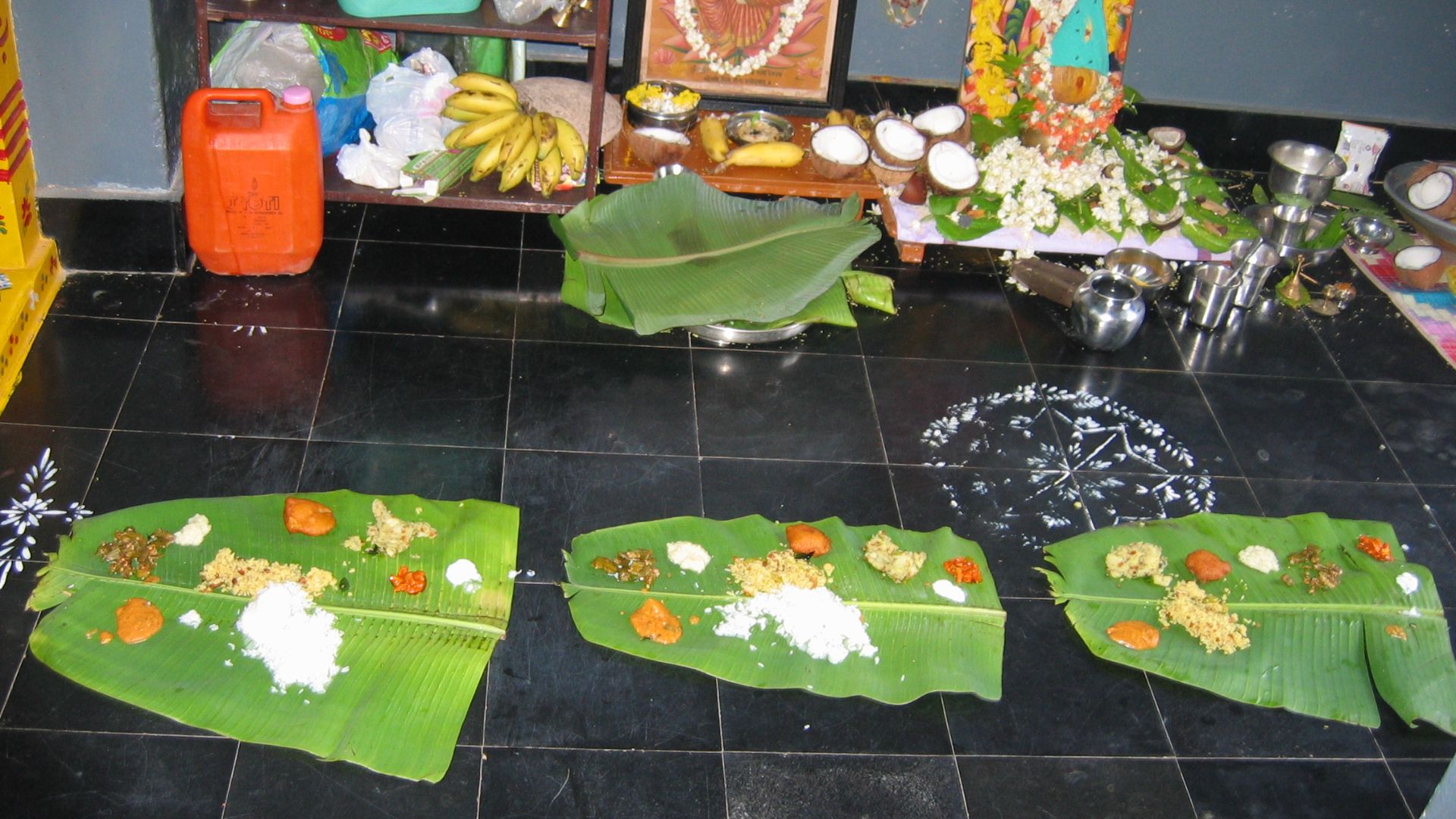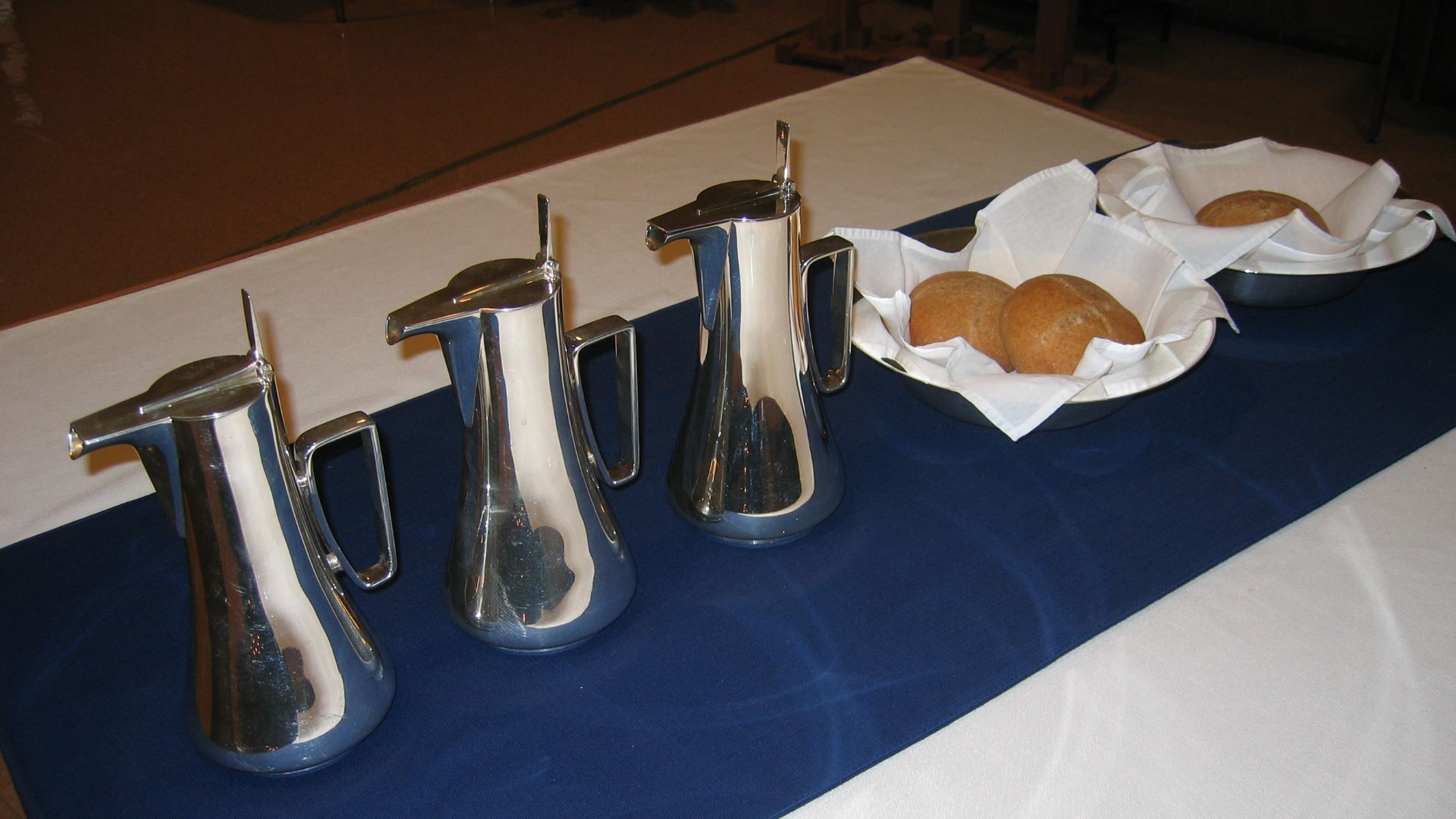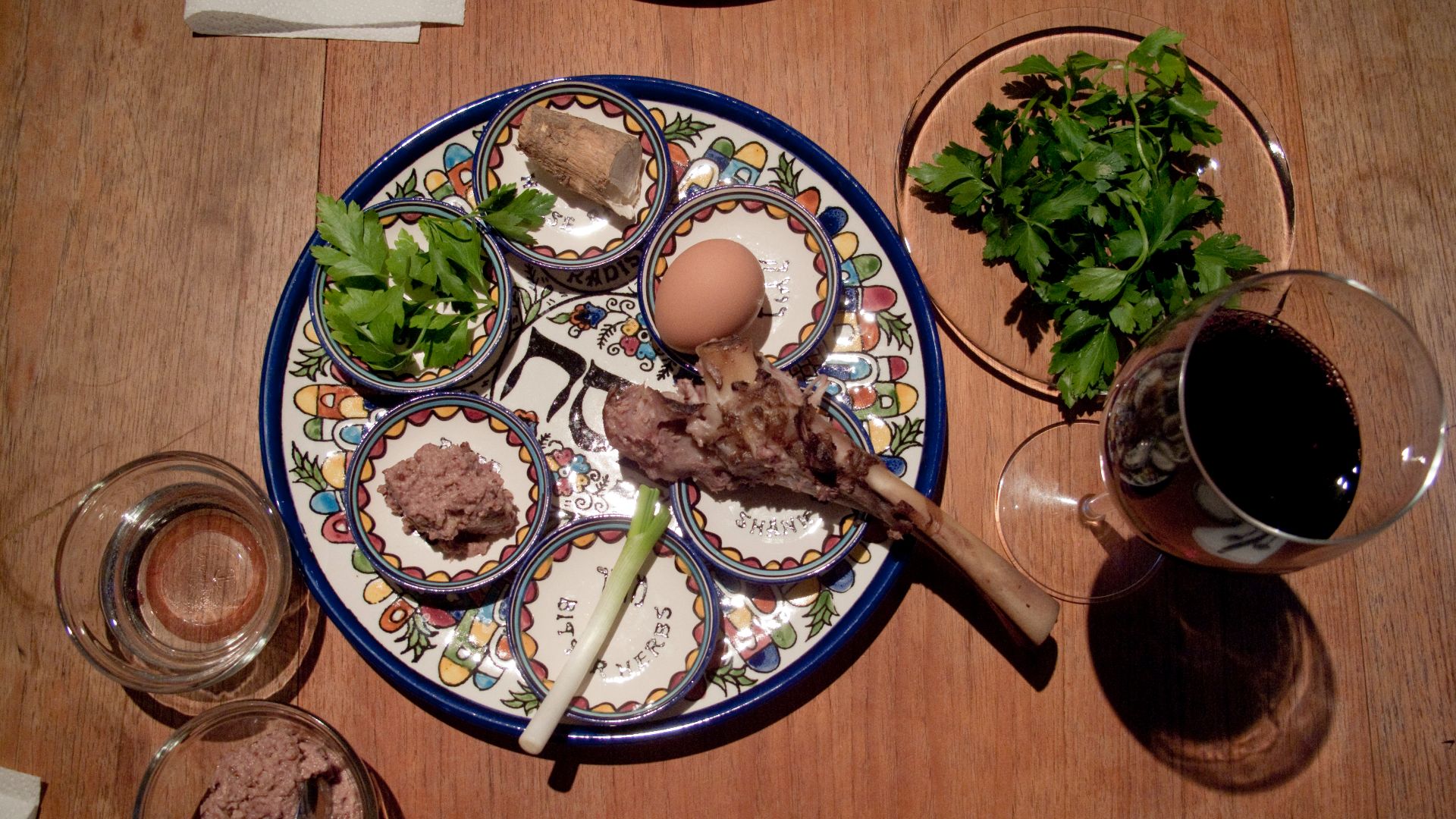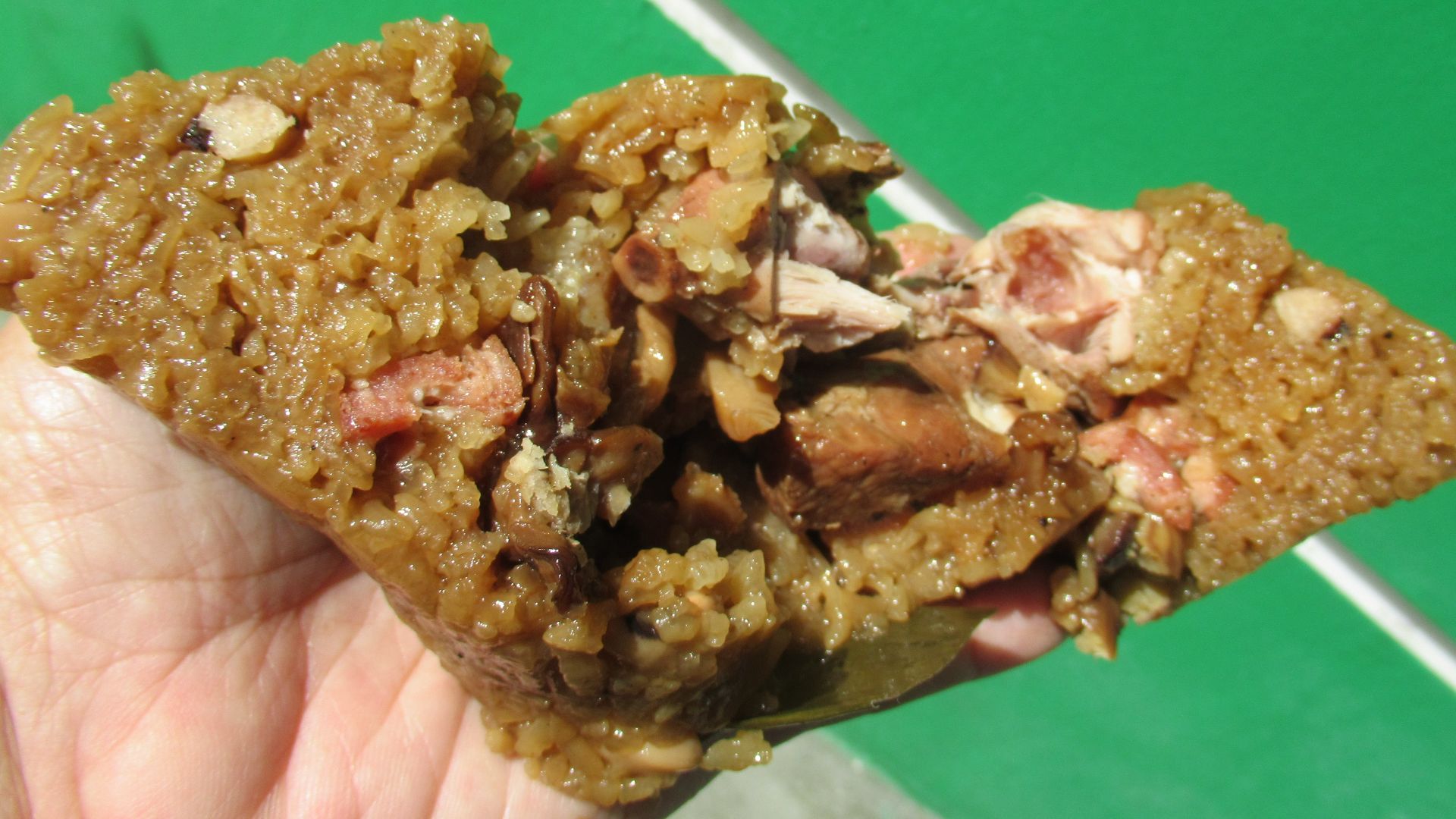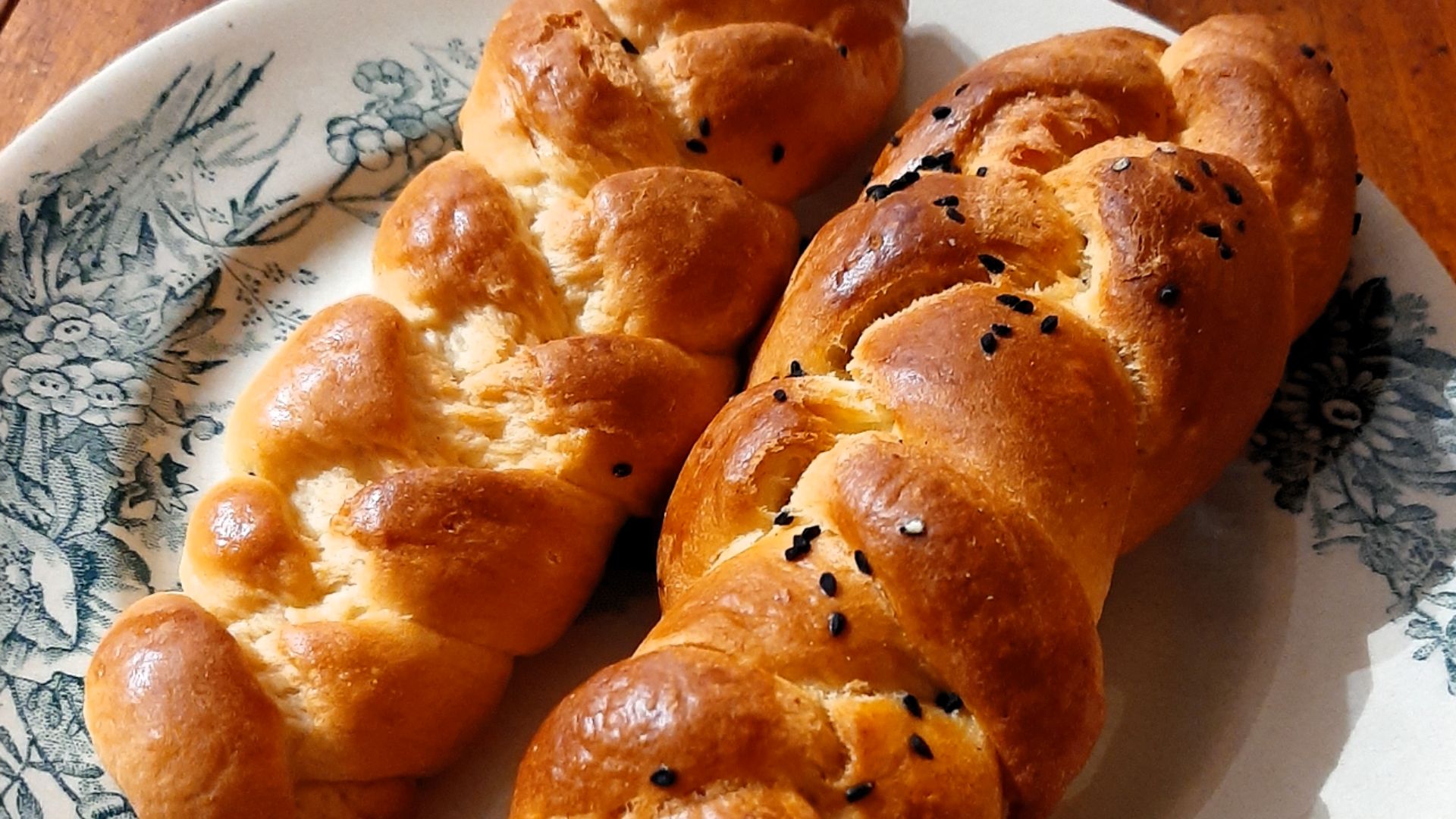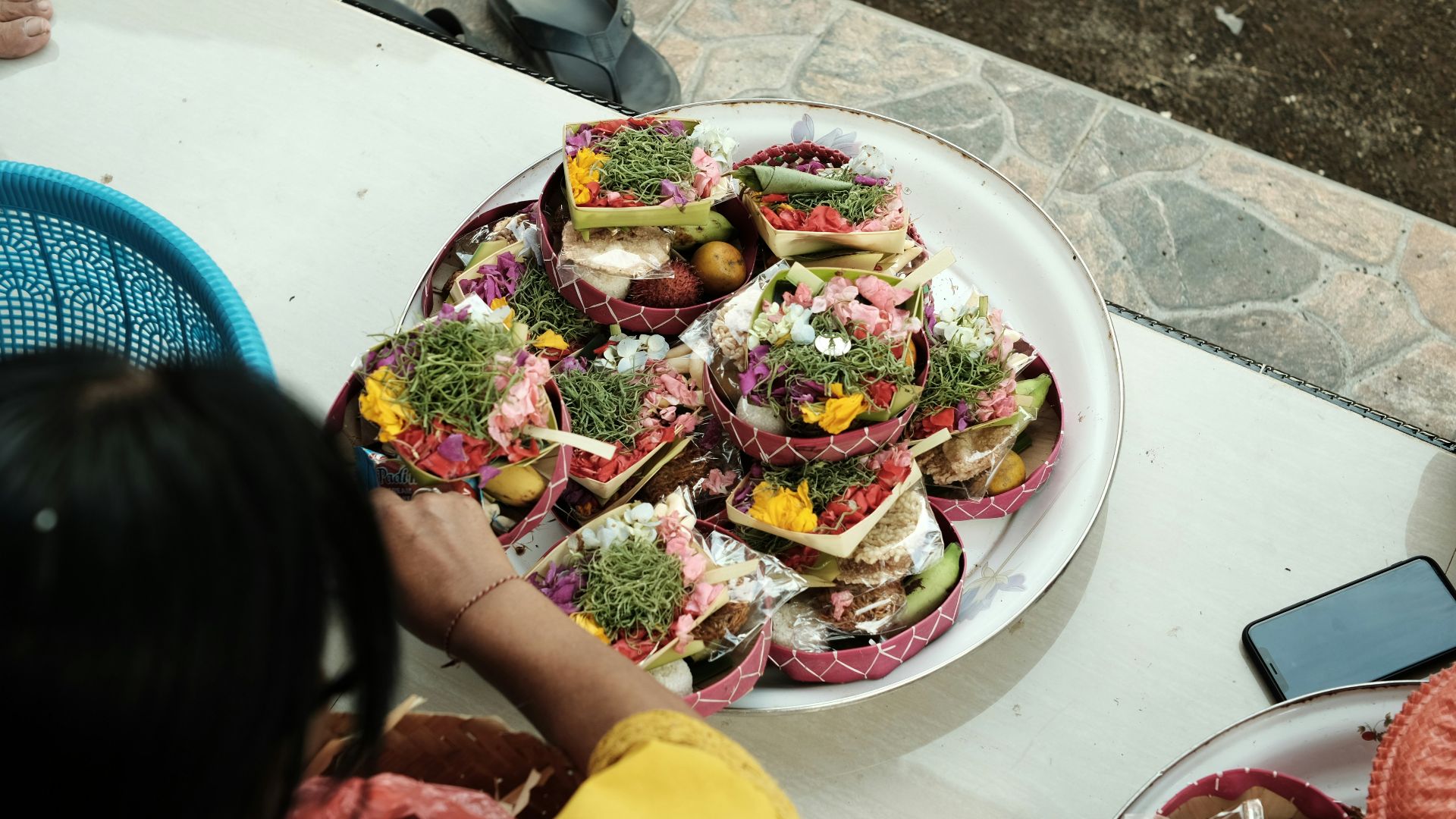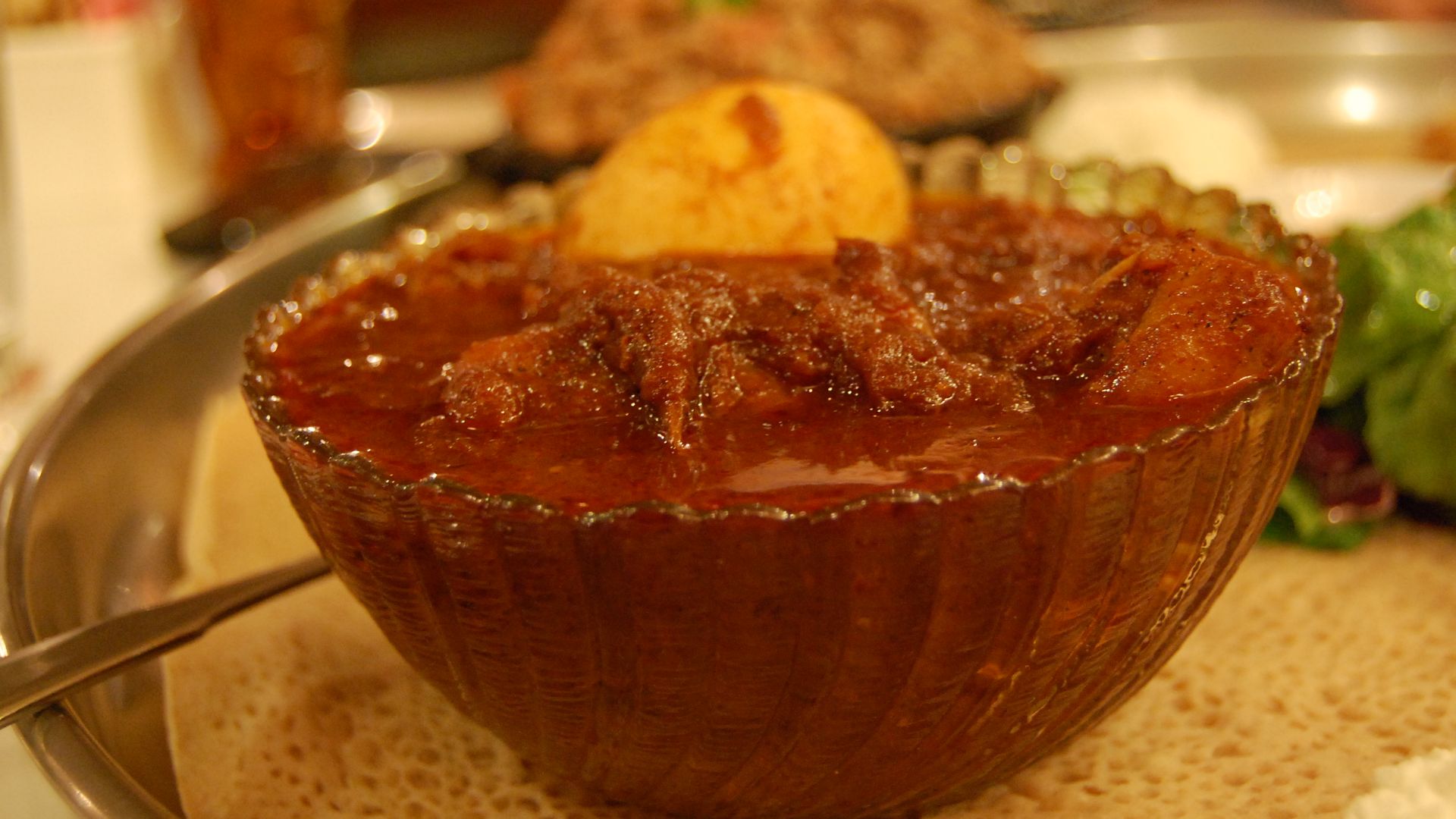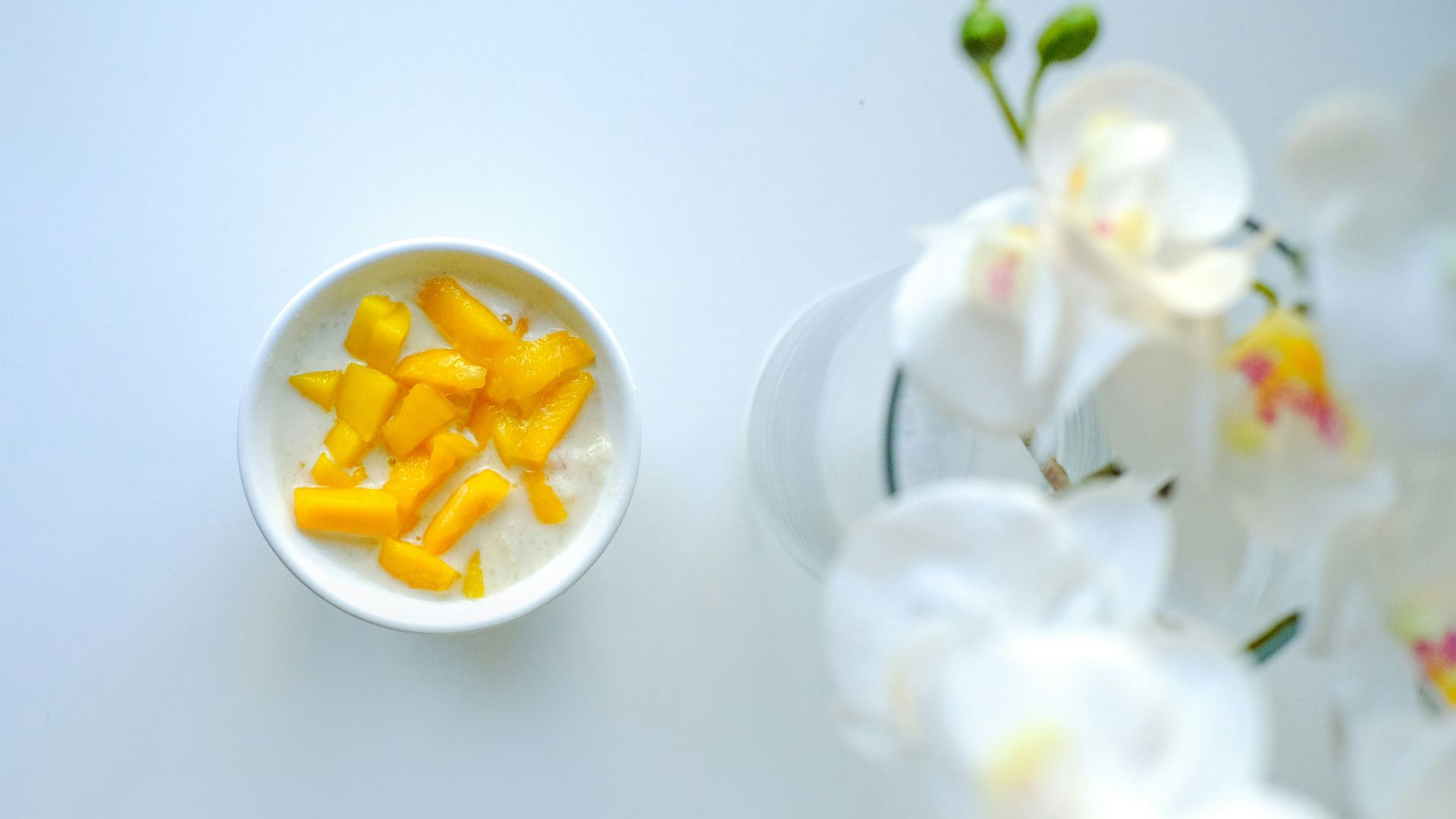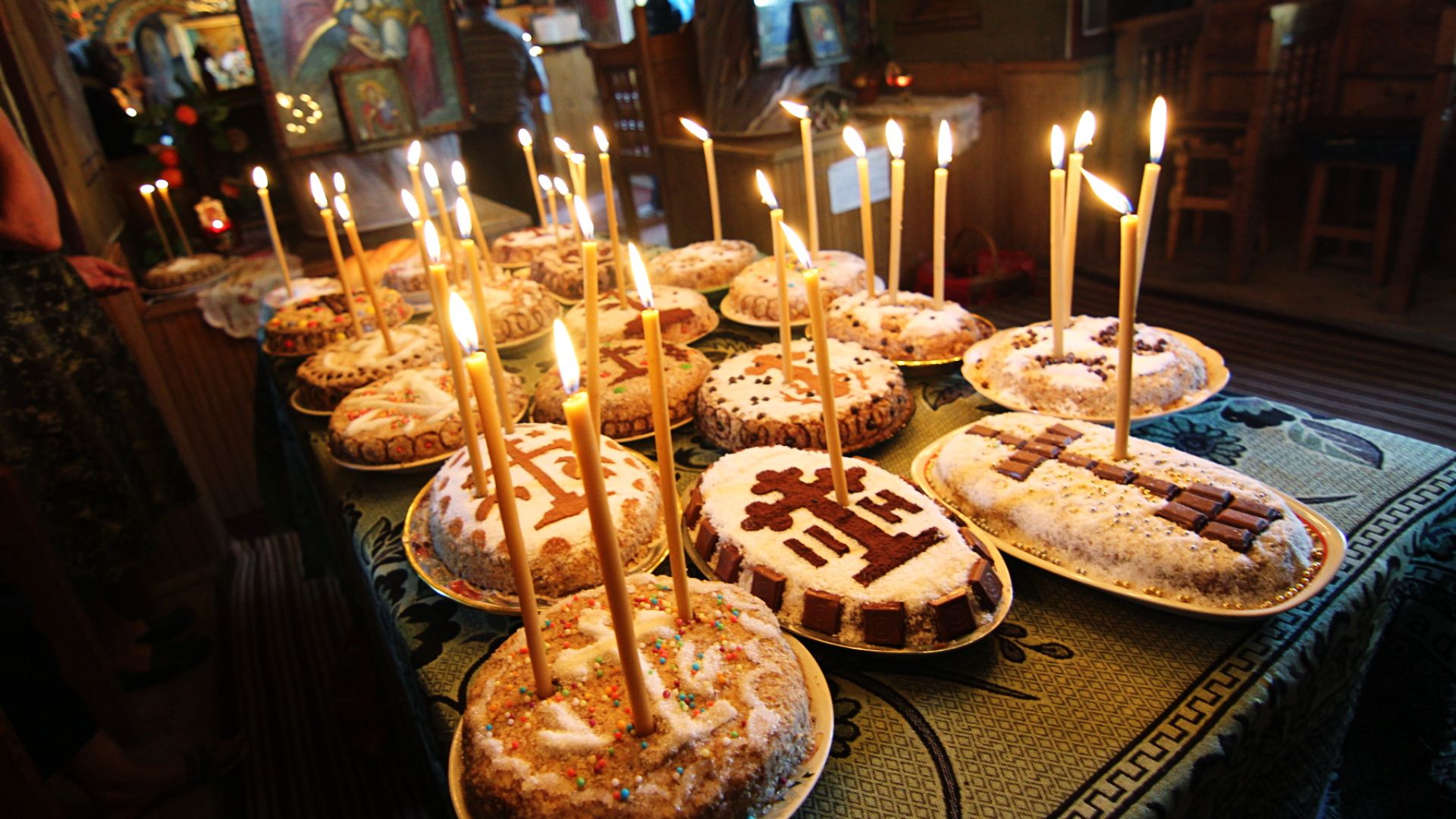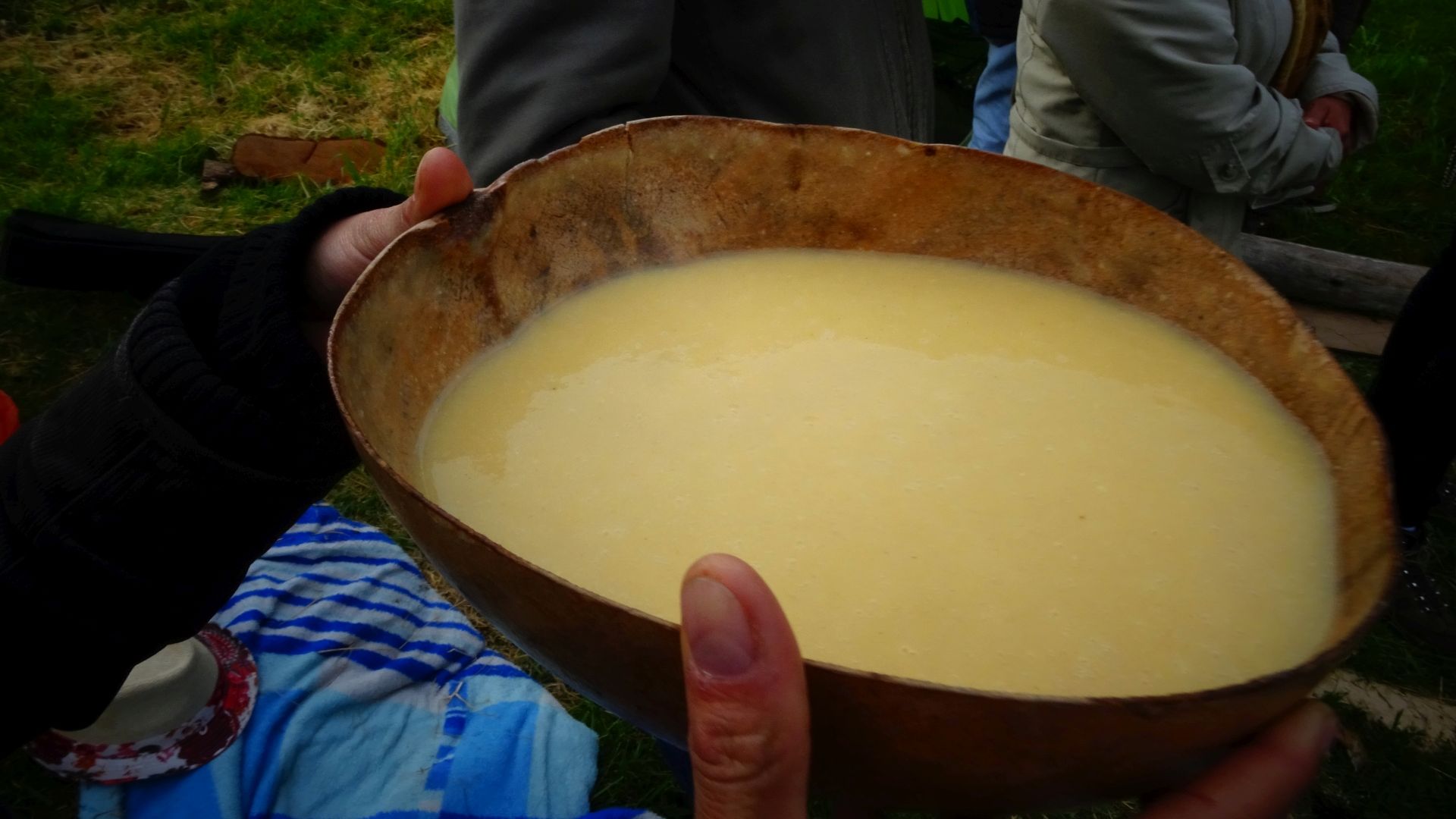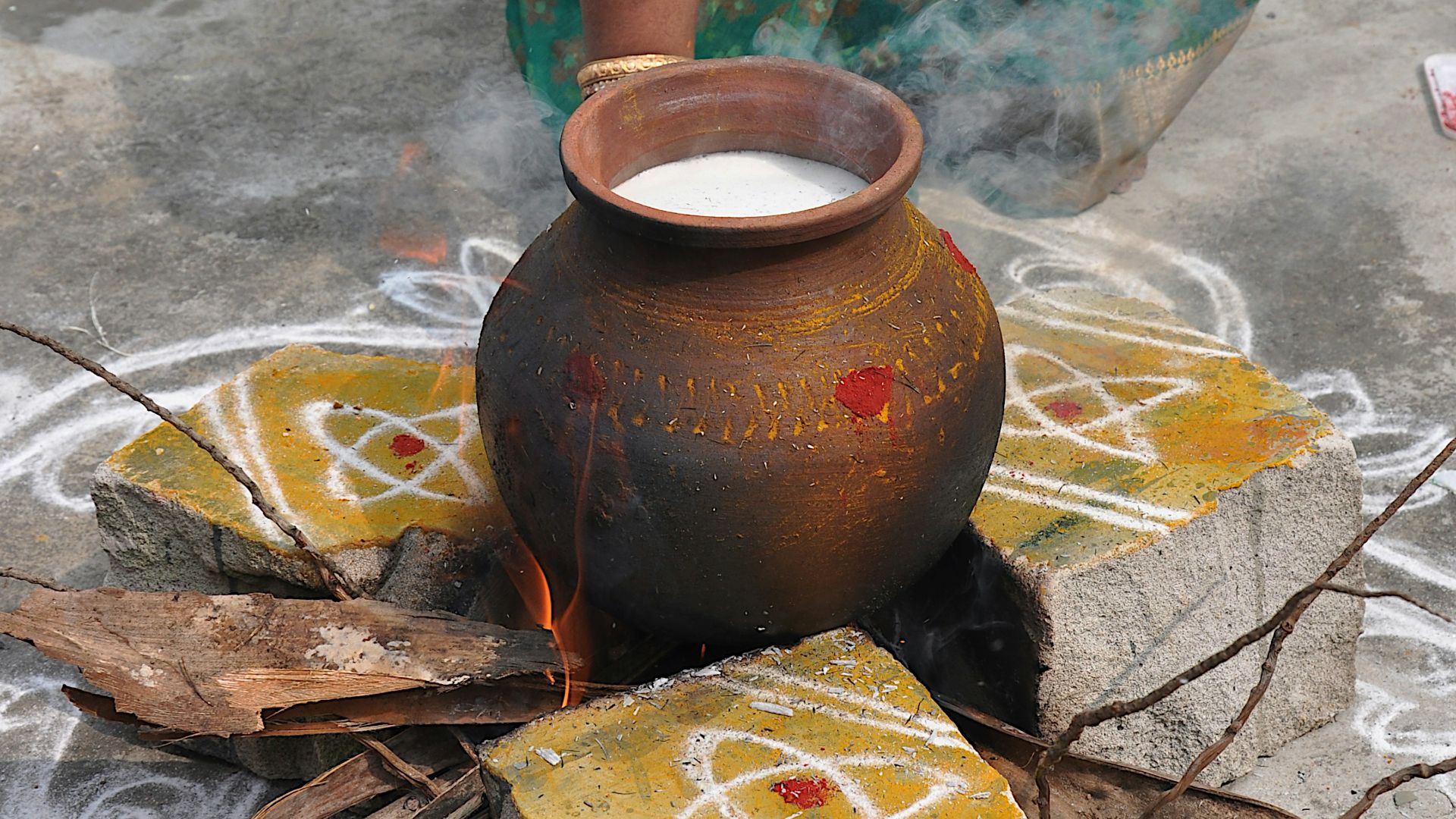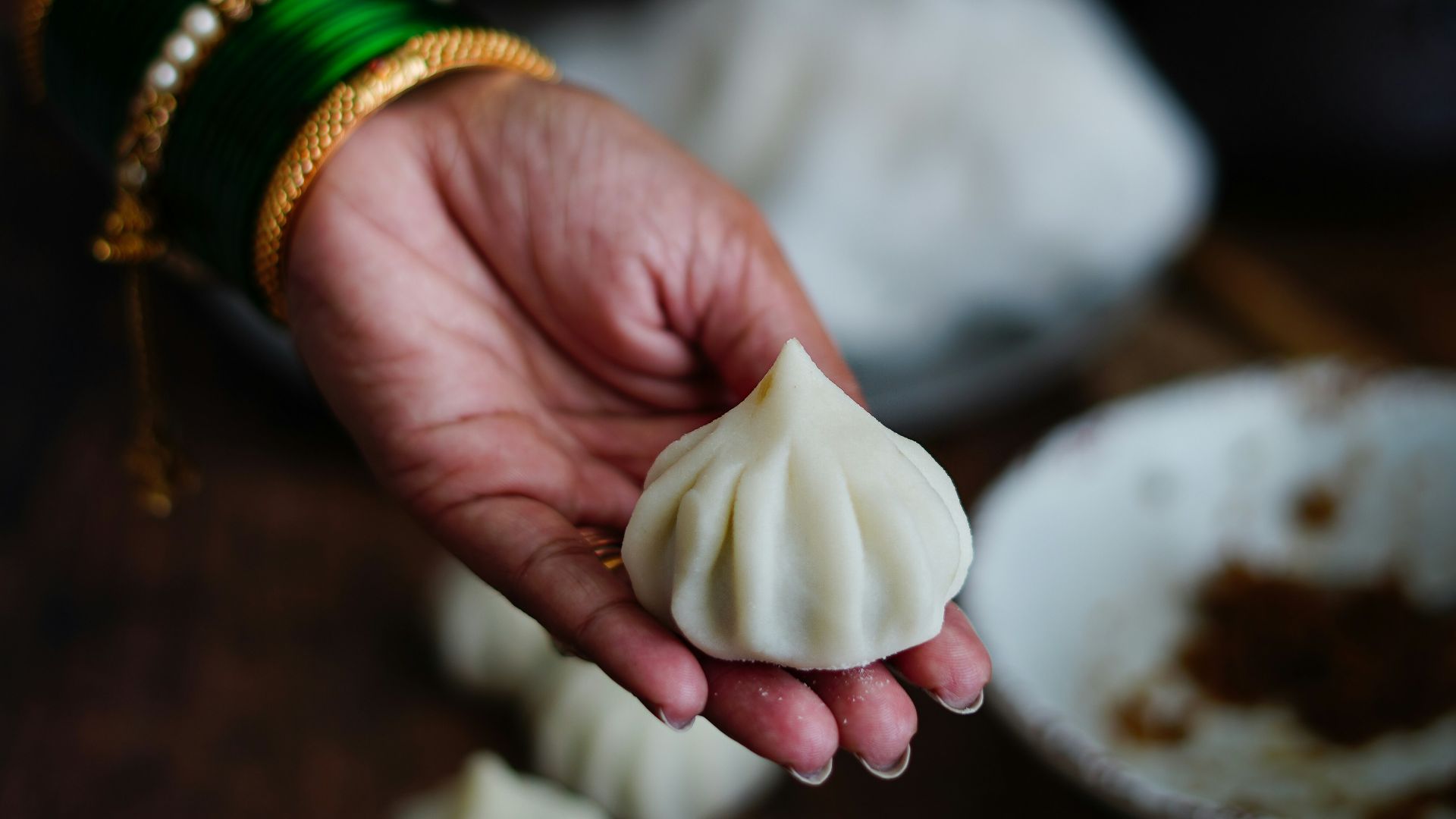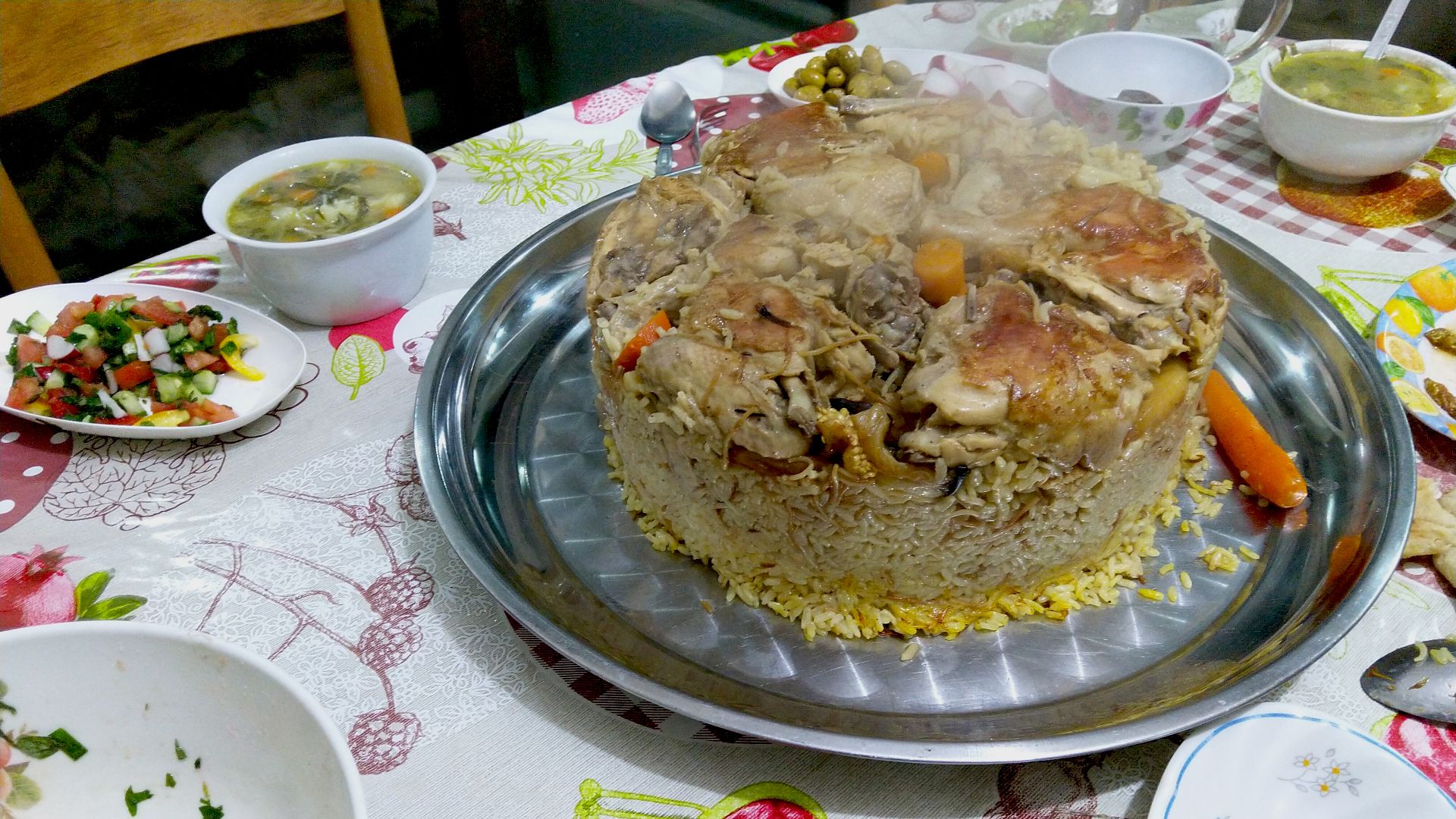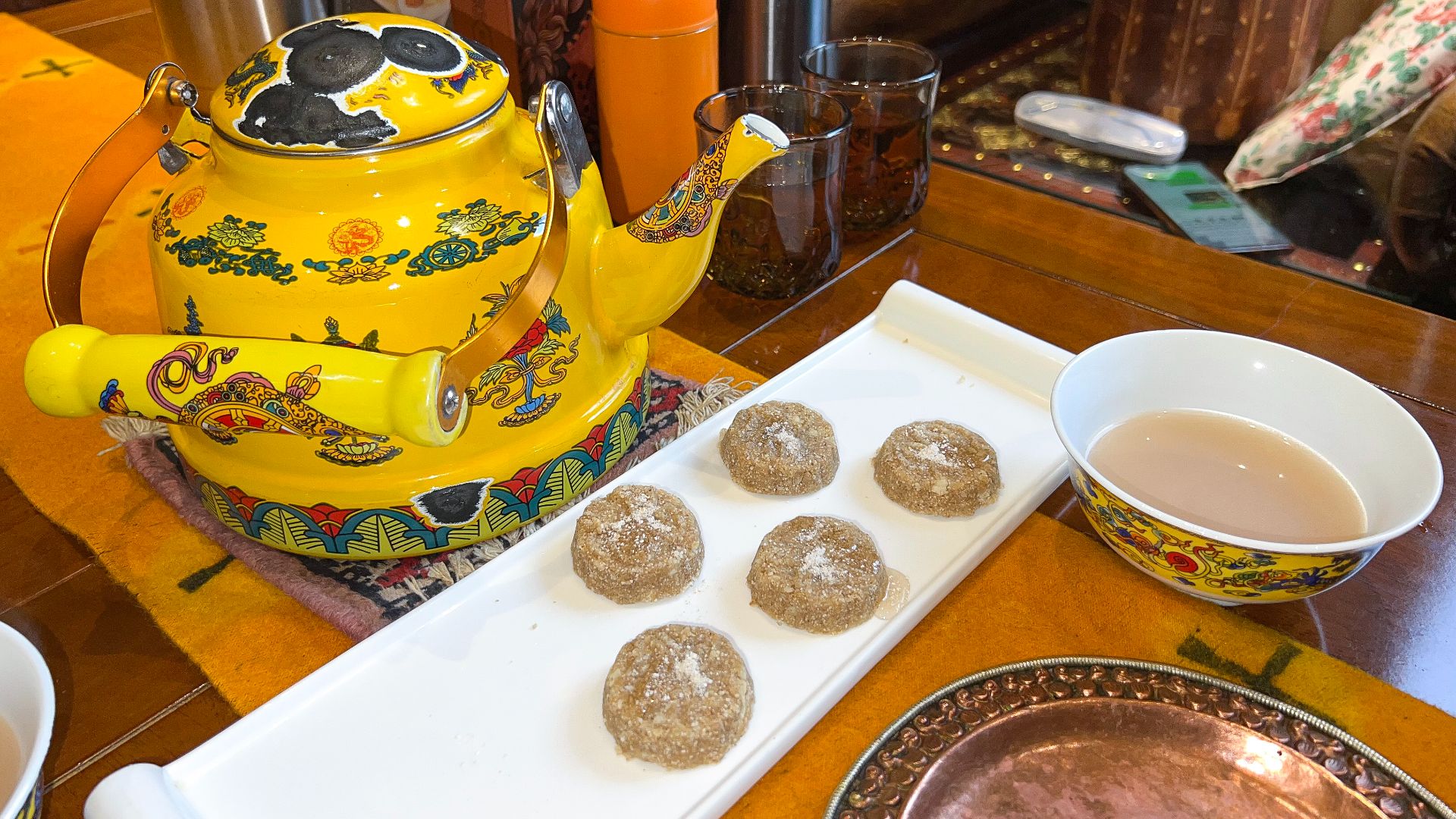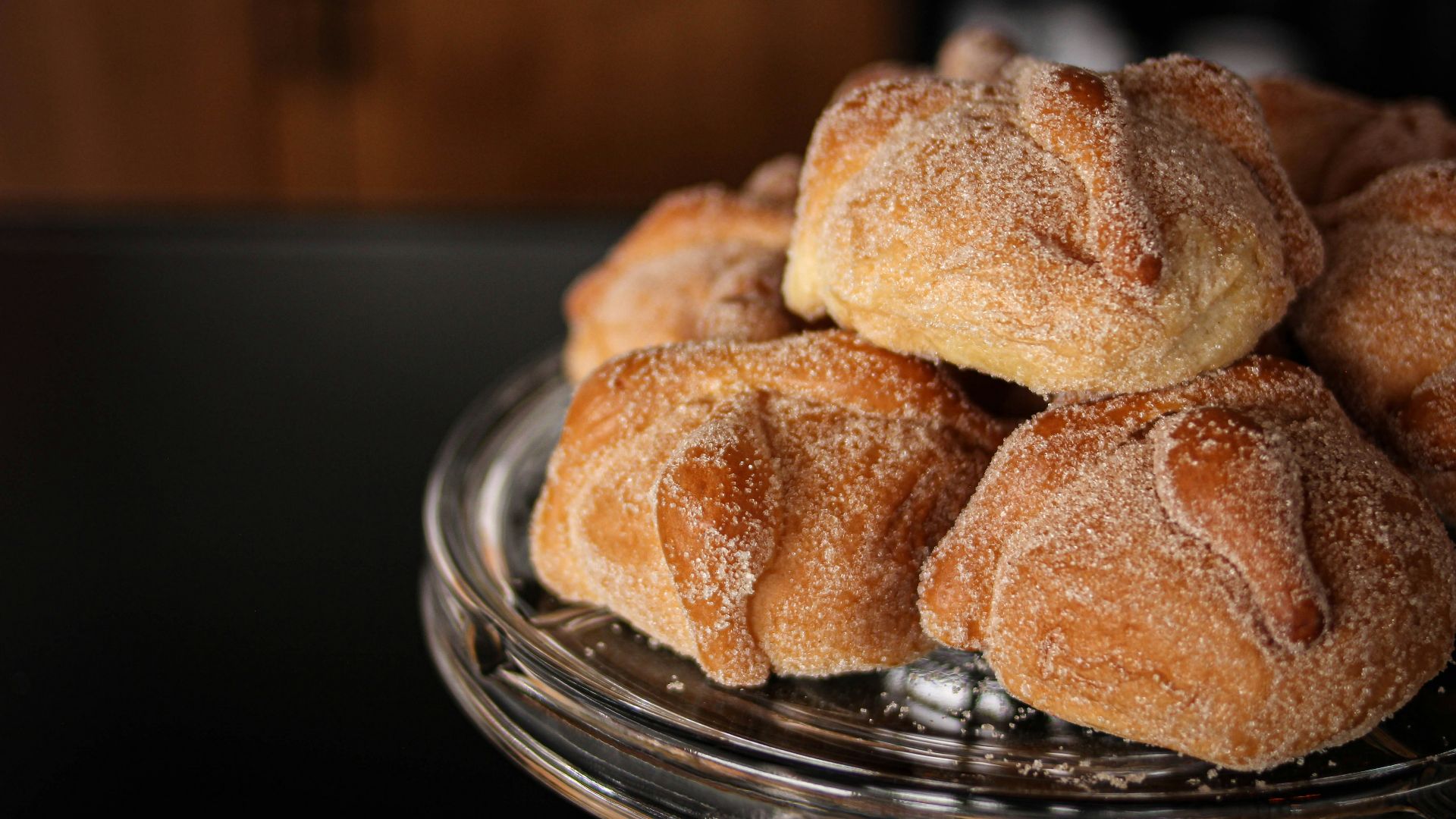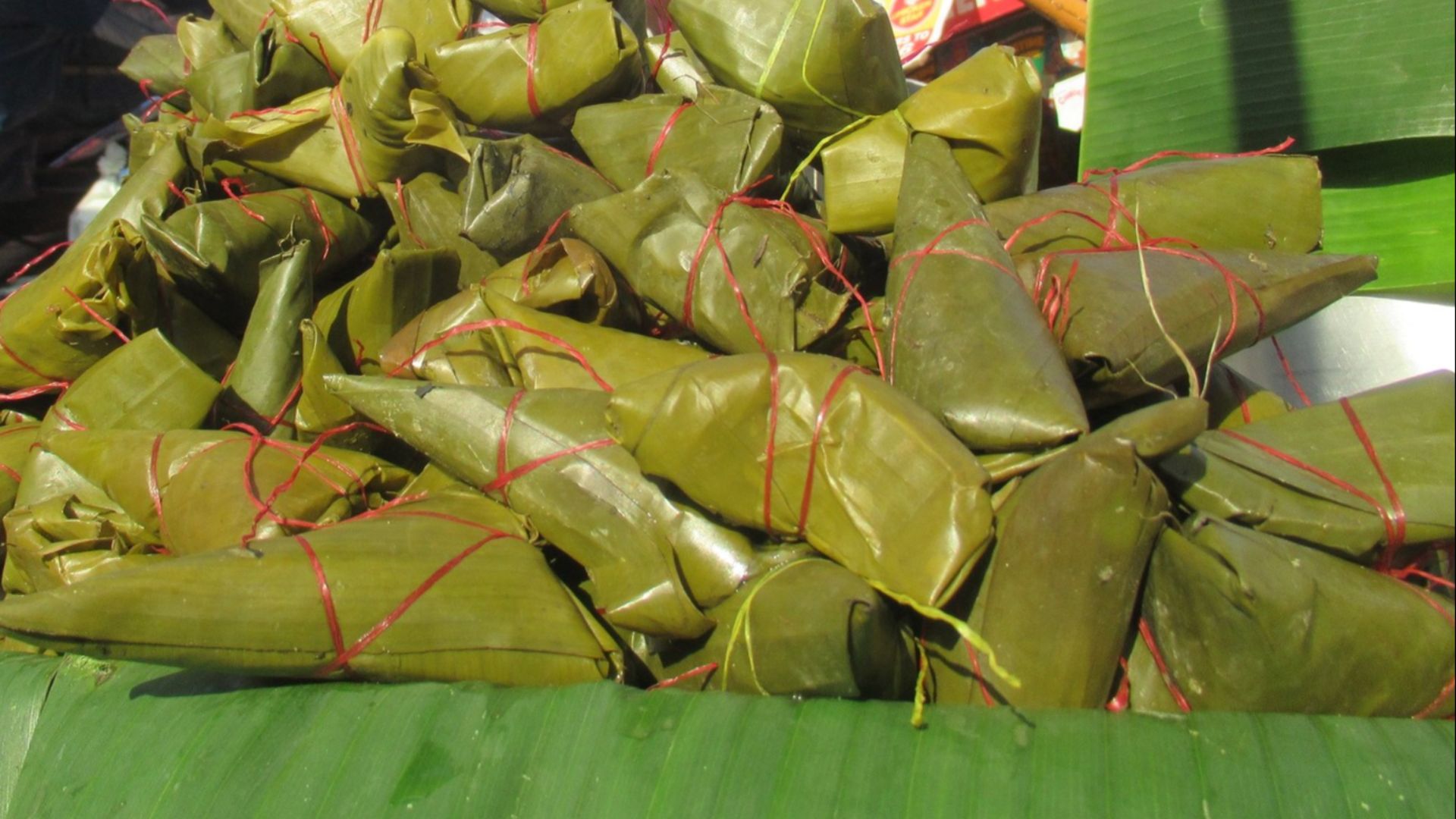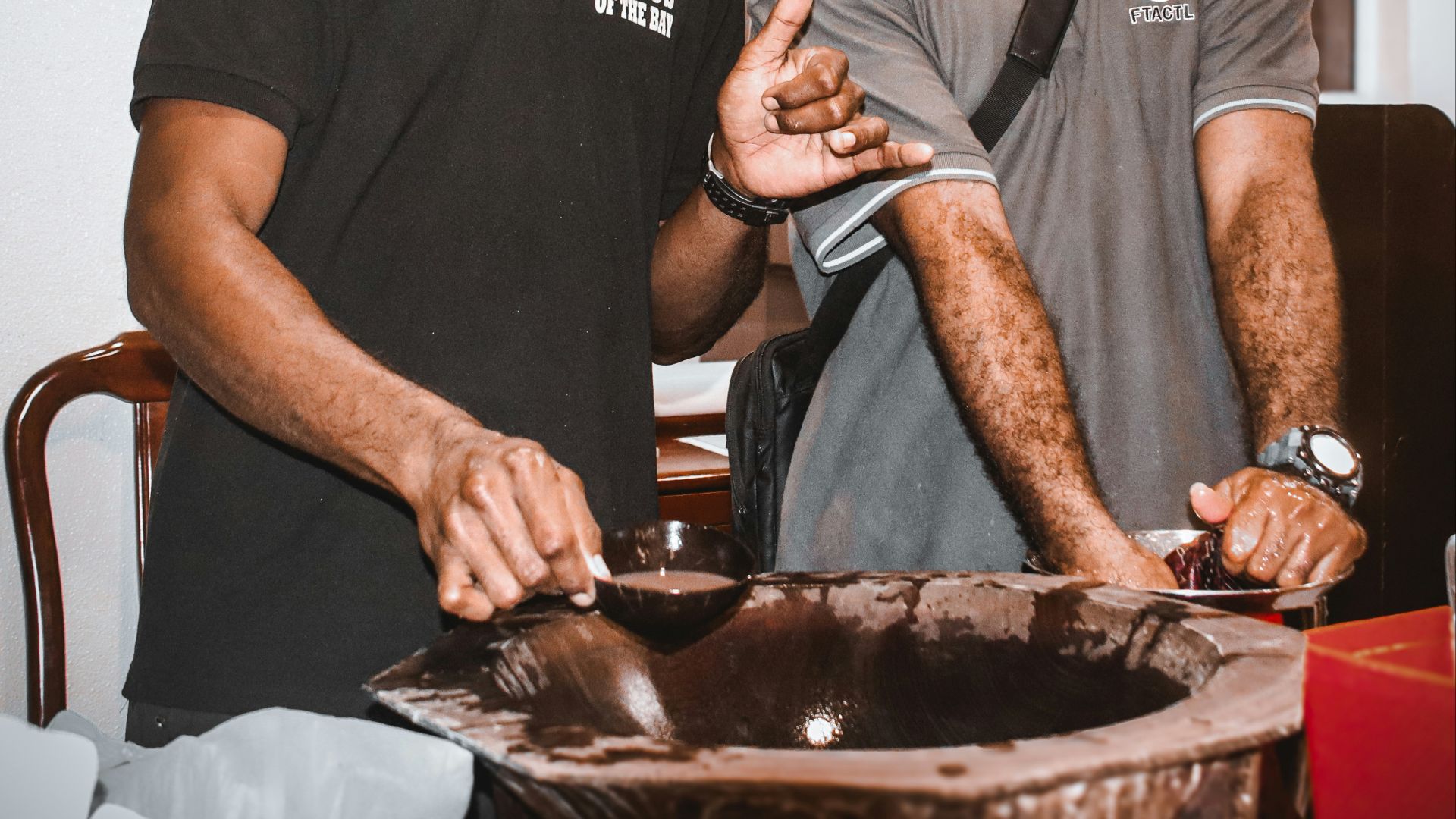Meals That Bridge the Human and the Divine
Every culture has foods that blur the line between nourishment and reverence. These sacred meals can’t simply be cooked; they must be prepared with intention and are often reserved for religious ceremonies, where taste matters less than meaning. They’re not the sort of dish you reach for on an idle Tuesday. You wait, you fast, you pray, and then you eat with reverence. Here are twenty ritualistic dishes that are more than just food.
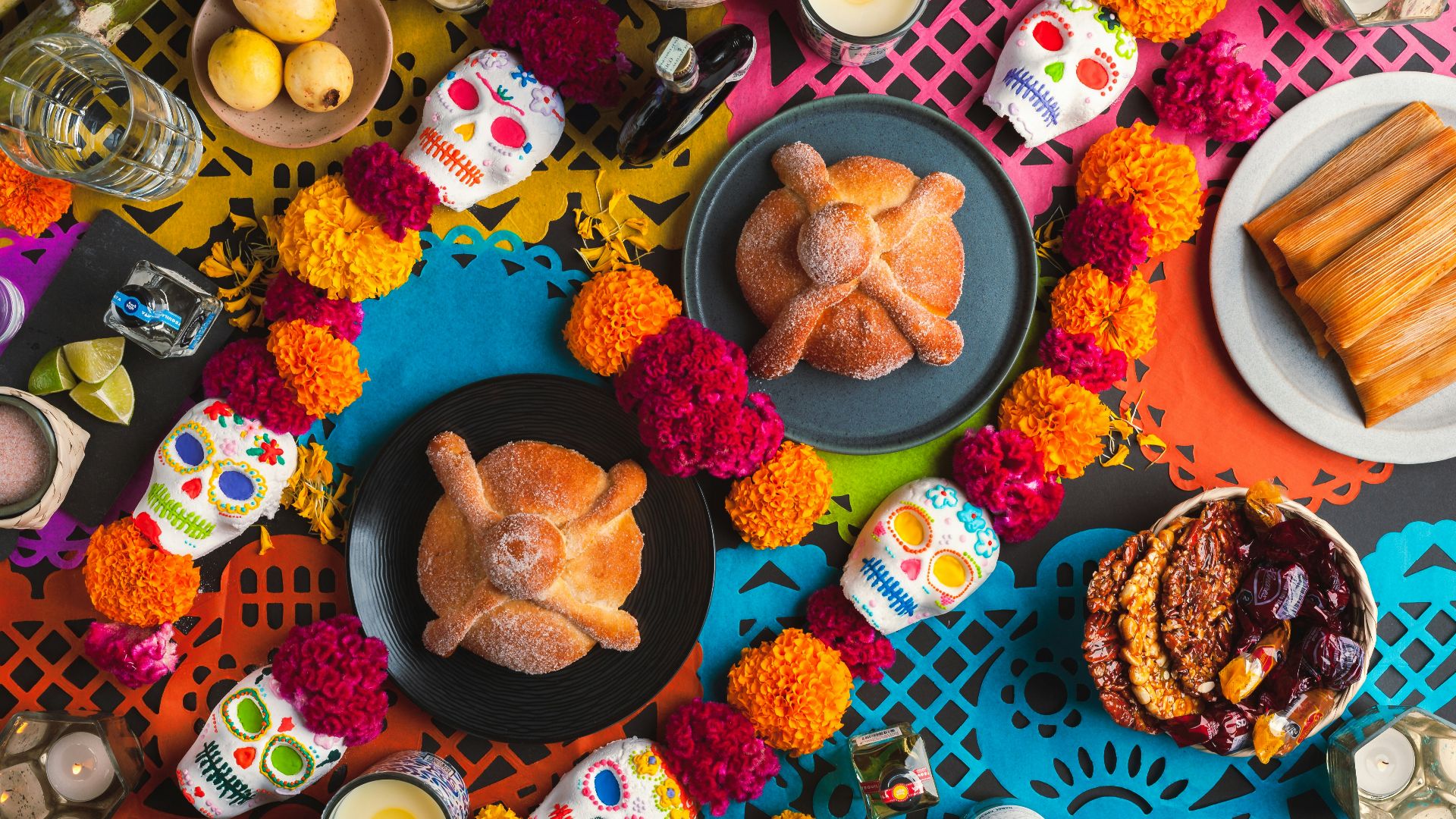 Gerardo Covarrubias on Unsplash
Gerardo Covarrubias on Unsplash
1. Prasadam in Hindu Temples
This meal is usually quite simple—a plate of rice, fruit, or sweets. It’s first offered to a deity, then shared among devotees. In some temples, the air smells of ghee and jasmine, and echoes with ringing bells and the mantras of priests. You take a handful with your right hand and chew reverently.
2. Eucharistic Bread and Wine
On the one hand it’s bread and wine, but on the other, it’s body and blood. This ritual that anchors Christianity is repeated in cathedrals and churches alike. The wafer dissolves on your tongue, the cup passes from your hand to your lips, and suddenly the divine feels right at hand.
3. Kosher Passover Seder Plate
Each item tells a story: salt water for tears, bitter herbs for suffering, and charoset for the mortar of slavery. Nothing about this meal is arbitrary. Every bite is a retelling of Exodus, and no two Seders are ever quite the same. The youngest asks the Four Questions, and the answers evoke a history of both pain and deliverance.
4. Islamic Dates for Iftar
The Prophet broke his fast with dates, and so do millions of Muslims today. The first sweetness after hours of hunger hits like revelation. All around, the call to prayer echoes, and suddenly this simple fruit bears the weight of generations.
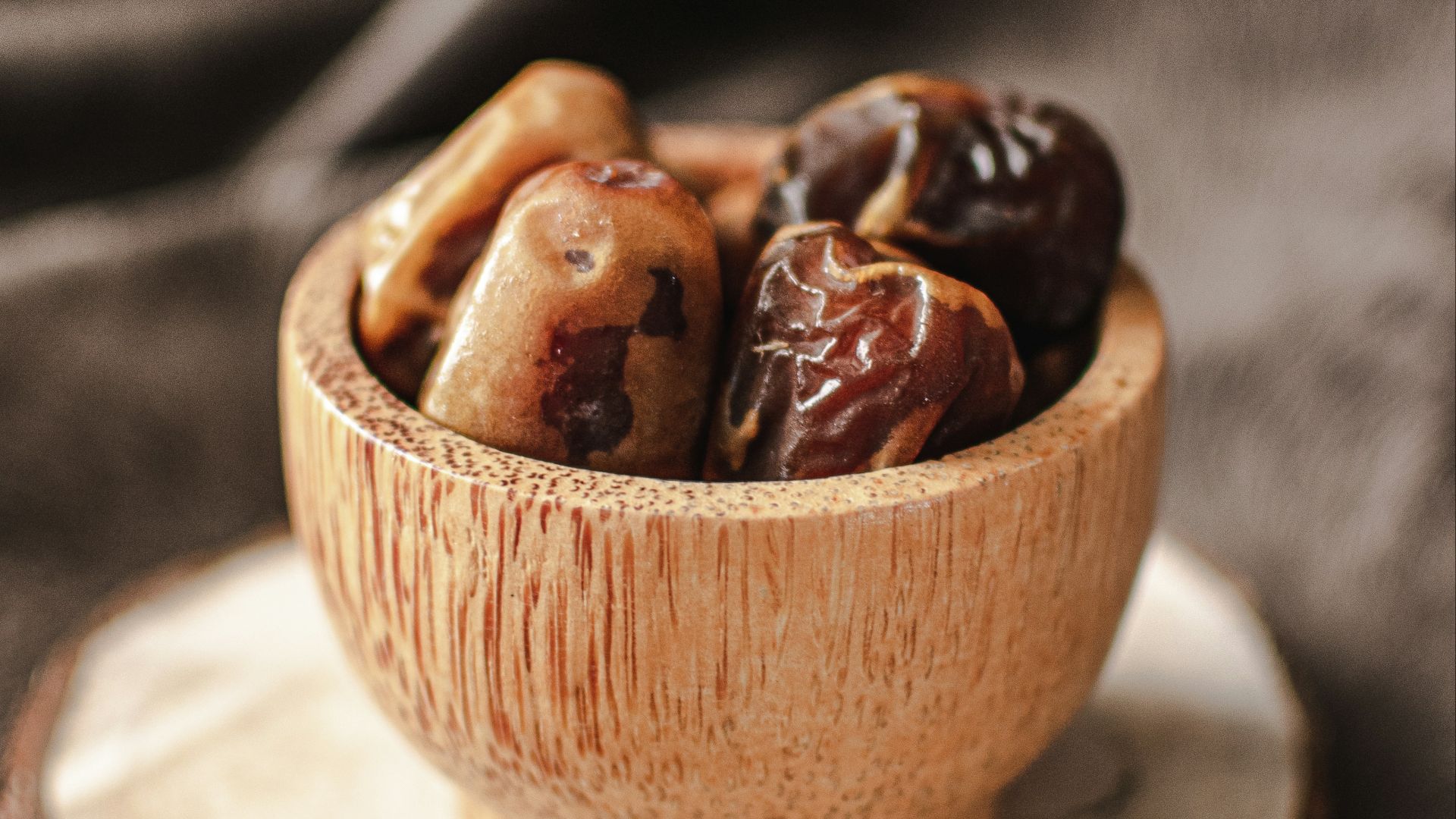 Masjid Pogung Dalangan on Unsplash
Masjid Pogung Dalangan on Unsplash
5. Sikh Karah Prasad
This warm, glossy pudding is made from wheat flour, ghee, and sugar, and is served at the end of every Gurdwara service. Everyone receives it while sitting on the floor, equal in the eyes of God. It’s sticky, fragrant, and humbling.
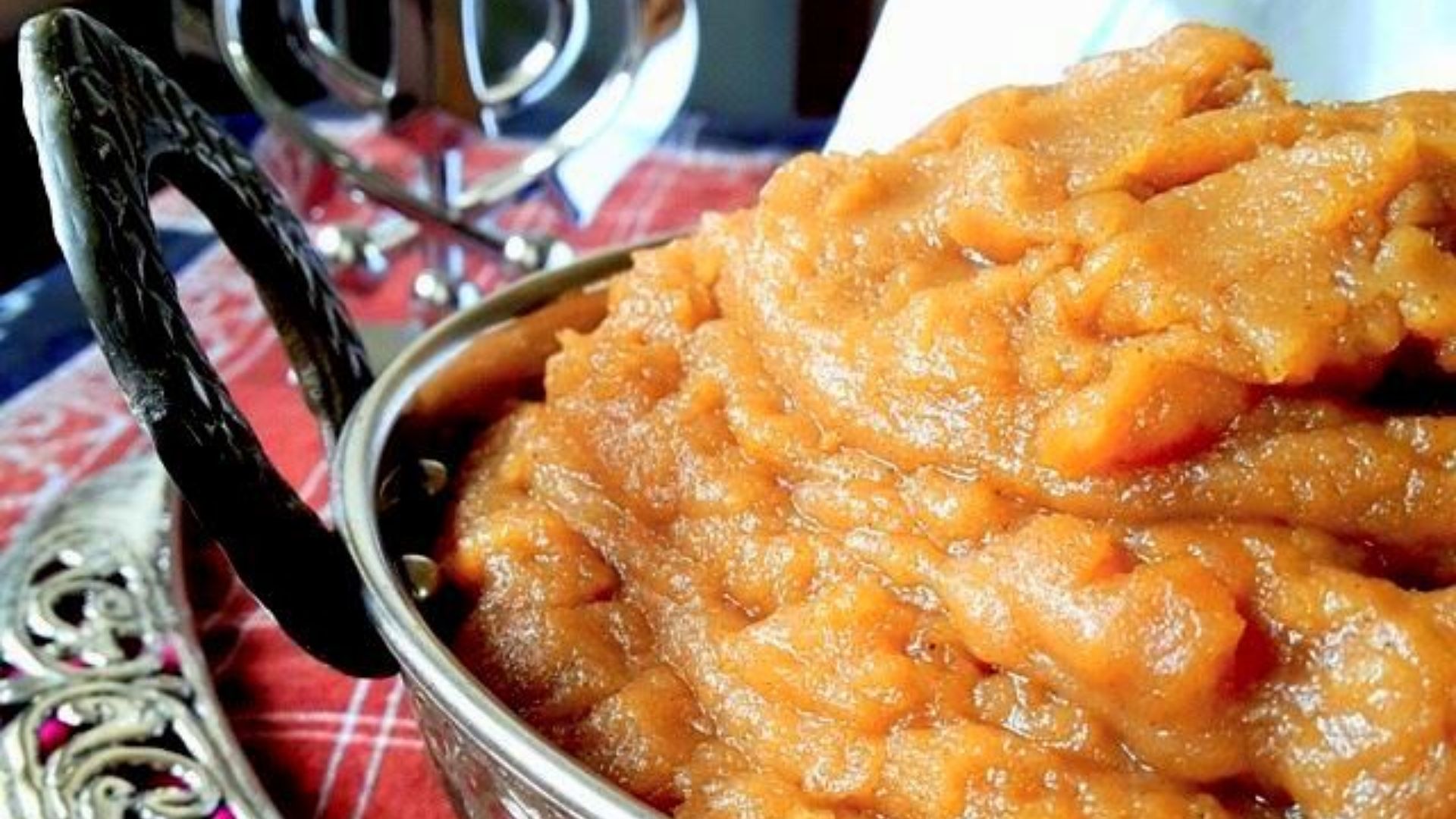 Kitchentrystswithki on Wikimedia
Kitchentrystswithki on Wikimedia
6. Zongzi for the Dragon Boat Festival
This dish consists of glutinous rice wrapped in bamboo leaves that is then tossed into rivers to honor Qu Yuan, the poet who drowned himself in loyalty to his country. The legend lingers, carried on by these fragrant bundles.
7. Tsoureki at Orthodox Easter
This braided bread is rich and savory, with red-dyed eggs pressed into its folds. The red stands for both blood and rebirth. Families break it after midnight mass, candles flickering all about them while the smell of hot bread and candle smoke lingers in the air.
8. Naivedya Offerings in Indian Puja
Before any major Hindu ritual, a plate is set aside with rice, sweets, coconut, or milk. This meal isn’t reserved for mortals, at least not yet. The deity eats first, symbolically, then devotees partake.
9. Doro Wat at Ethiopian Orthodox Holidays
This fiery stew is thick with berbere and is only served after long fasting periods. The breaking of the fast is communal, and everyone is ecstatic. They tear injera bread by hand, their laughter punctuating prayer. You taste not just spice but relief and gratitude that the fast is over.
10. Kheer for Hindu Festivals
This sweet rice pudding is simmered for hours until the milk turns caramel-thick. It’s then offered to gods during Navaratri or Janmashtami and ladled out afterward as blessed food for believers. Somehow the same recipe tastes different when made out of devotion.
11. Koliva in Eastern Orthodox Memorials
This boiled wheat is sweetened with honey and raisins, shaped into a mound, blessed by a priest, then eaten in remembrance of the dead. It’s heavy and rustic, and in each bite, you can savor the duality of life and death in the way the grain and the sweetness are intertwined.
12. Chicha for Andean Offerings
This corn beer is brewed for the gods of mountain and sky and poured onto the earth before a sip touches human lips. The first drink always goes to Pachamama—Mother Earth—out of respect for the bounty of nature.
13. Pulque in Pre-Hispanic Ceremonies
Made from fermented agave sap, pulque was once the drink of priests and gods and was sipped reverently under moonlight. Even now, locals pour a few drops onto the ground before taking a drink themselves.
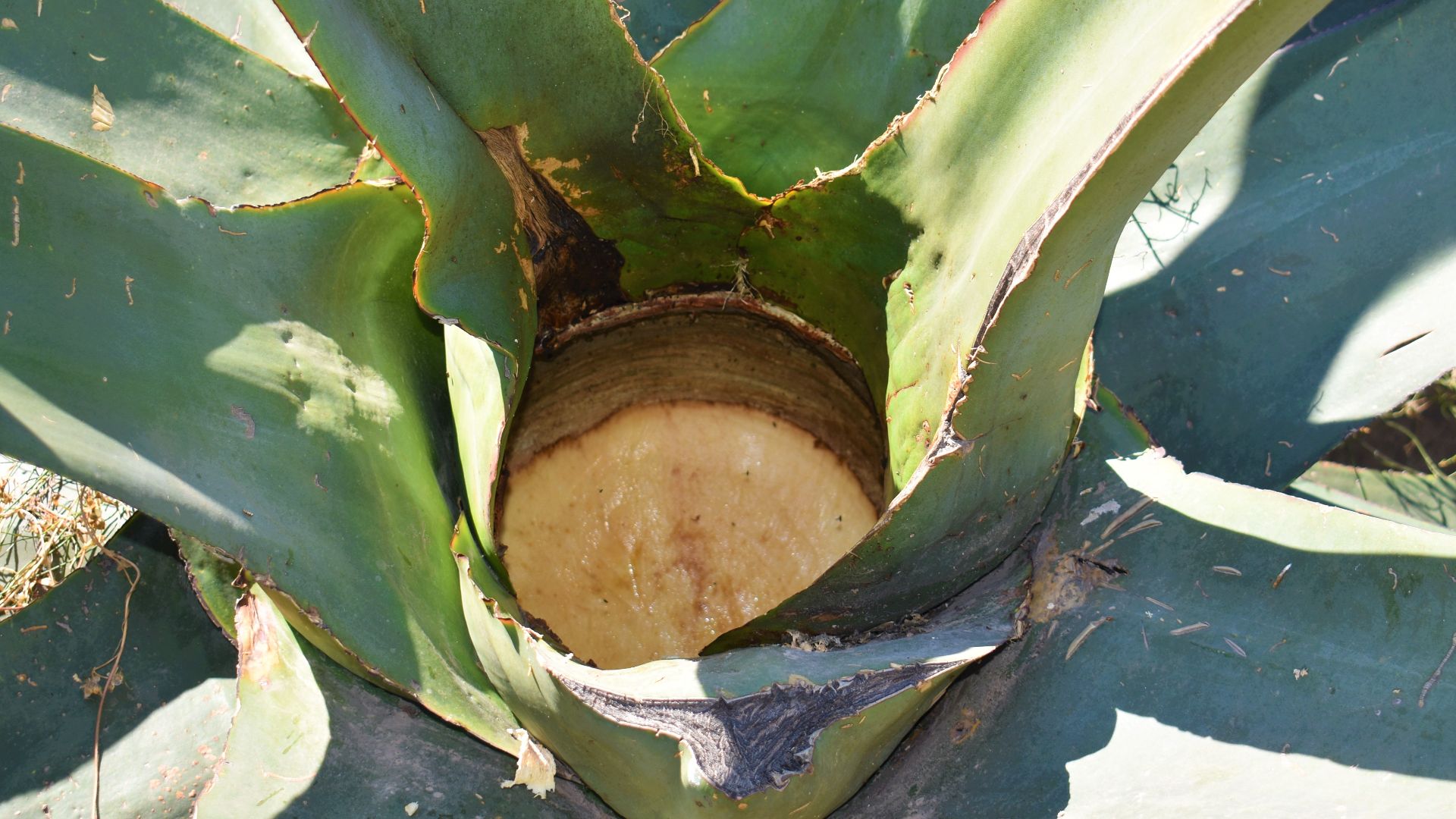 Armando Olivo Martín del Campo on Wikimedia
Armando Olivo Martín del Campo on Wikimedia
14. Pongal at the Harvest Festival in Tamil Nadu
To prepare this dish, rice and milk are boiled until they overflow deliberately, to show that true abundance spills over. The bubbling pot is greeted with shouts of “Pongalo Pongal!” as the hair drifts with the smell of sugarcane and woodsmoke.
15. Modak for Ganesh Chaturthi
These steamed dumplings are filled with coconut and jaggery and then molded to resemble the belly of the elephant-headed god who adores them. Kids can’t resist sneaking a few, and adults quietly wink as they let them.
16. Maqluba During Islamic Celebrations
The name means “upside-down” in Arabic. To prepare this dish, rice, vegetables, and lamb are flipped from pot to platter in a single motion. Everyone cheers if it stays intact. It’s a feast that begins with a suspenseful imitation of creation itself, producing beauty out of chaos.
17. Tsampa in Tibetan Buddhist Rituals
To prepare this simple meal, barley flour is mixed with butter tea. It may be simple, but to the monks, it’s sacred. They offer it during pujas and throw it into the air at Losar to welcome the new year. As they work away at kneading the dough, clouds of flour rise like incense.
18. Pan de Muerto on Día de los Muertos
This soft bread is scented with orange blossom and shaped with crossed “bones” on top. It’s not eaten in mourning but in memory beside altars lit with marigolds. The sweetness signifies that death isn’t the end but a moment of transformation.
19. Suman sa Lihiya at Philippine All Saints’ Day
This glutinous rice is wrapped in banana leaves, then offered sticky and steaming to deceased ancestors during Undás. Some leave it by the graves, others eat it right there, candles flickering in the tropical dusk. The rice binds the living and the dead, one sticky bite at a time.
20. Kava in Pacific Island Ceremonies
This muddy, bitter drink is made from the root of the kava plant and is passed from hand to hand in wooden bowls. It numbs the tongue and calms the mind. The chief drinks first, invoking the ancestors. As the bowl gets passed from hand to hand, speech slows and hearts align.
KEEP ON READING

20 Ritualistic Dishes That Are More Than Just Food



